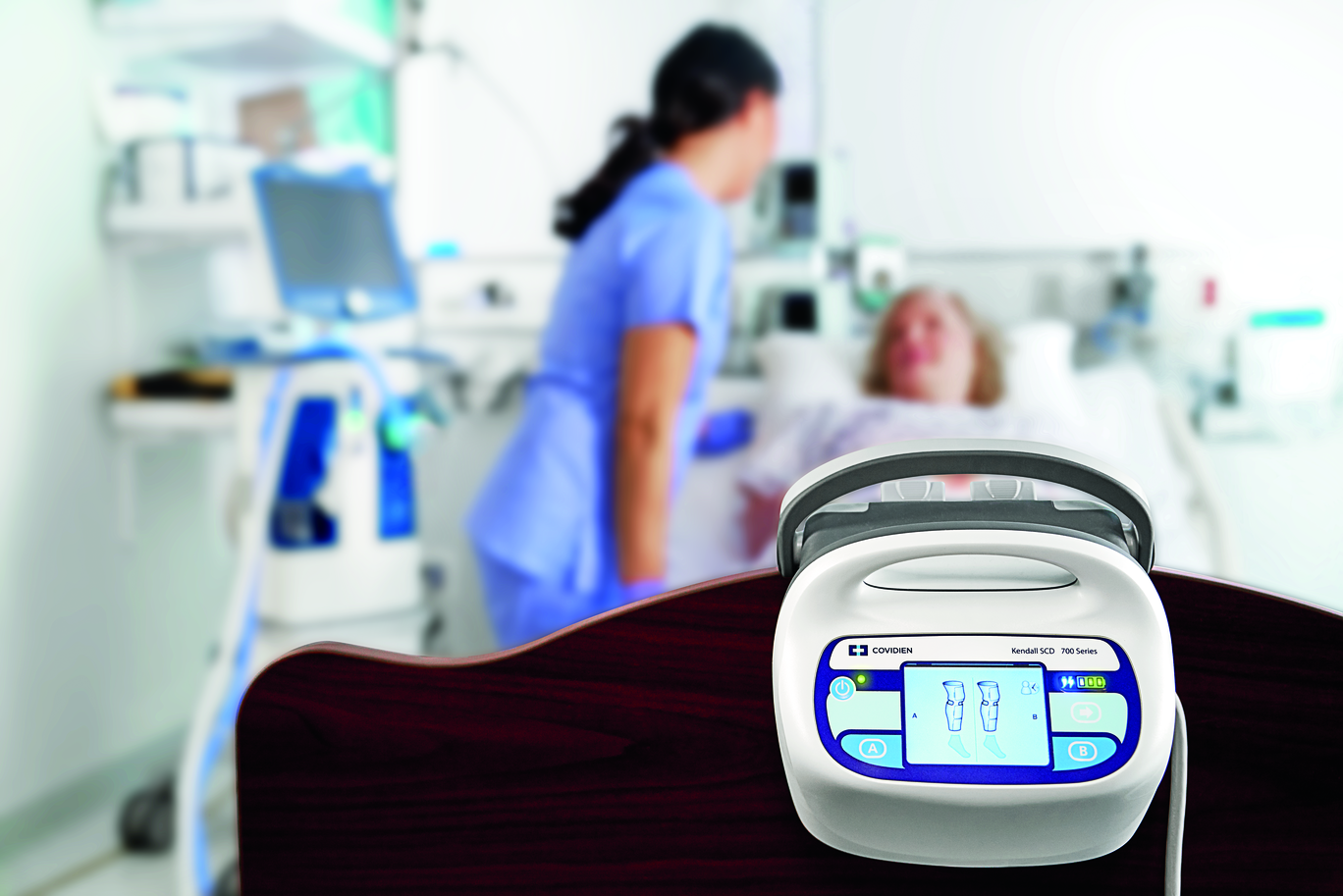Research Objective
A recent study examines the use of intermittent pneumatic compression (IPC) to prevent venous thromboembolism (VTE) in patients who are at high-risk for the condition after surgery.
Methodology
The open, blinded, randomized trial was conducted at the Pirogov Russian National Research Medical University in Moscow, Russia.
All 406 patients enrolled in the study were classified as “extremely high-risk” for acquiring postoperative VTE. The control group (n=203) received “standard prophylaxis with above-knee anti-embolic elastic compression stockings and subcutaneous low-molecular-weight heparin,” while the experimental group (n=204) “utilized additional IPC (Cardinal Health™ Kendall SCD™ 700 system) for the period of immobility.”
All participants were observed throughout their hospital stay and from one to six months after surgery. They also received duplex ultrasounds to monitor for deep vein thrombosis (DVT) and positron emission tomography and computed tomography scans to assess for pulmonary embolism (PE).
The primary endpoint was asymptomatic DVT occurrence during the hospital day; secondary endpoints were symptomatic and asymptomatic VTEs during inpatient treatment and at one and six months after surgery.
Results
The primary endpoint was observed in one of the 204 patients within the experimental group, and 34 of the 203 control patients (p<0.0001). At the six-month follow-up, 80% of patients experienced no new VTE events.
Conclusion
The researchers found that the combination of IPC and standard prophylaxis did in fact “reduce the incidence of postoperative VTE” in a patient population classified as high-risk for the condition.
This research ultimately highlights novel interventions healthcare providers can implement with their patients.
Please read the study summary here.
This content sponsored by HP.
References:
Griffin M, Kakkos SK, Geroulakos G, Nicolaides AN. Comparison of three intermittent pneumatic compression systems in patients with varicose veins: a hemodynamic study. Int Angiol. 2007;26(2):158-164.
Tarone D. Selected long abstracts from the St. Luke’s University Health Network Quality Awards Program. Int J Acad Med. 2017;3:S176-S188.
Data and Statistics on HA-VTE | CDC.” Centers for Disease Control and Prevention, Centers for Disease Control and Prevention, www.cdc.gov/ncbddd/dvt/ha-vte-data.html#ref.



















3 Comments.
Thank you
Thank you
Thank you